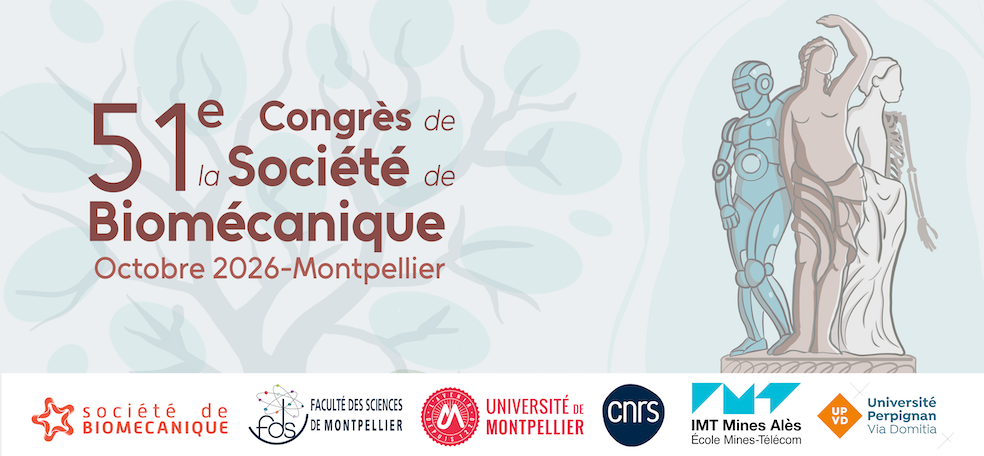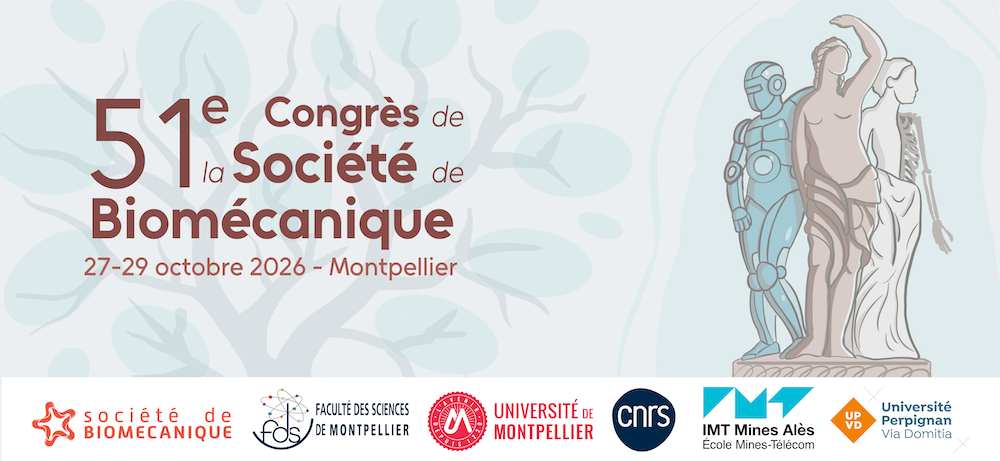Chères et chers collègues,
Nous avons le plaisir de vous annoncer que Valentin Allard soutiendra sa thèse réalisée au Lyos (INSERM 1033) et au LBMC (Université Gustave Eiffel) le 16 Novembre 2022 à 14h à la faculté de Médecine de Rockefeller (Lyon).
Titre : Failure load prediction of metastatic vertebrae using numerical simulation: inter-laboratories validations
Encadrement : Hélène Follet (co-directrice), David Mitton (co-directeur), François Bermond (encadrant)

Résumé : Most frequent cancers (breast and prostate) may lead to bone metastasis, i.e., secondary tumors in the bone because of cancerous cells migrating from a primary tumor. Bone metastases could induce pathological fractures (10 - 30% of all cancer patients). SINS (Spinal Instability Neoplastic Score), the usual clinical score to predict spinal instability with metastatic lesions is subjective and lacks precision regarding its median score (7-12). Some finite element models have been proposed to overcome this limitation. Models with single vertebra compression are efficient and accurate, even for lytic defects but they are numerous. However, the use of finite element analysis for clinical use requires a well-defined process both for building models and their validation. The aim of this study was to develop a finite element model of vertebrae with metastatic lesions, to validate this model by comparing results with experiments and other models from literature through inter-laboratories collaborations (cross-validations). In a first part, we developed a model to assess failure of a vertebral body with endplates without defects or tumors. This part contained a convergence study on mesh size and material step, performance estimation on a dataset in uniaxial compression (352 ± 937 N), cross-validation on a dataset in anterior compression (523 ± 482 N) and finally estimation of the operator influence (intra-operator: 37 ± 107 N; expert inter-operator: 10 ± 103 N). In a second part, we adapted the previously validated model to assess failure of a vertebral body without endplates with drilled defects (adaptation and performance estimation) (78 ± 1512 N) and real metastases (cross-validation) (656 ± 1683 N). This part especially validated the modelisation of lesions (except for blastic lesions which are overestimated) with the same density-mechanical properties relationship as bone without tumors. . In a third part, we proposed the application of the model to the evaluation of vertebral instability and fracture risk using two methods found in literature as a proof of concept.
Mots-clés : finite element model, human vertebrae, metastasis, cross-validation, bone strength, fracture risk




